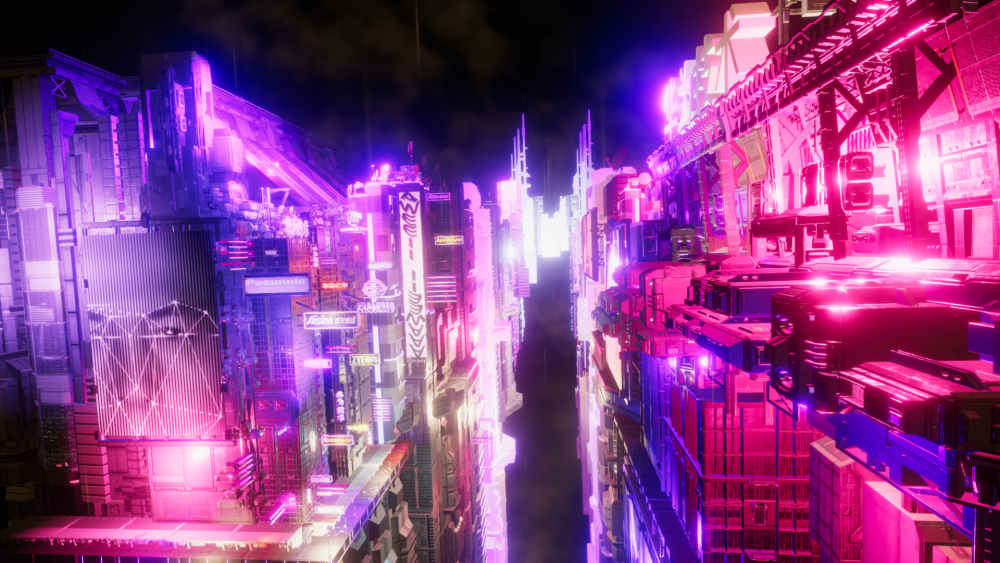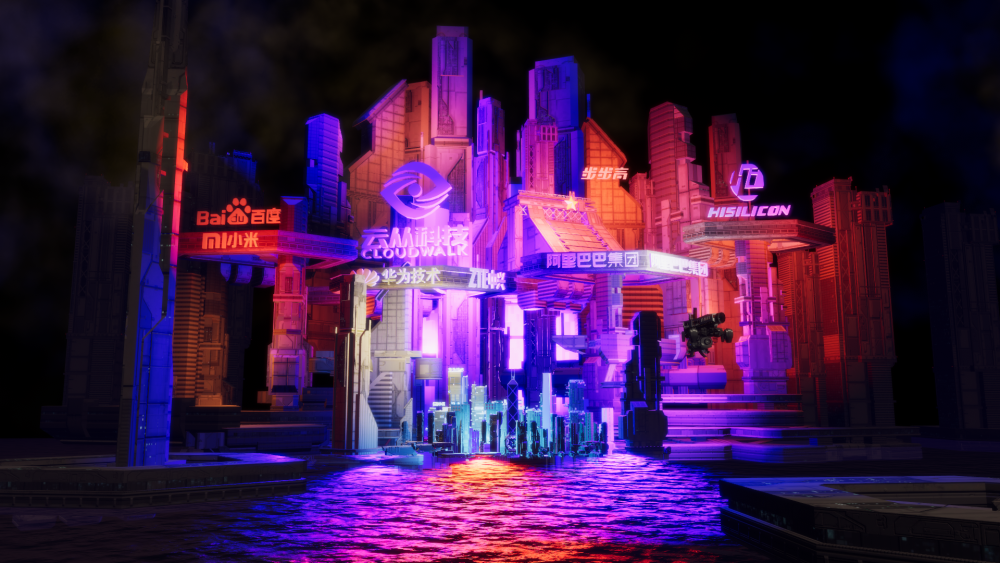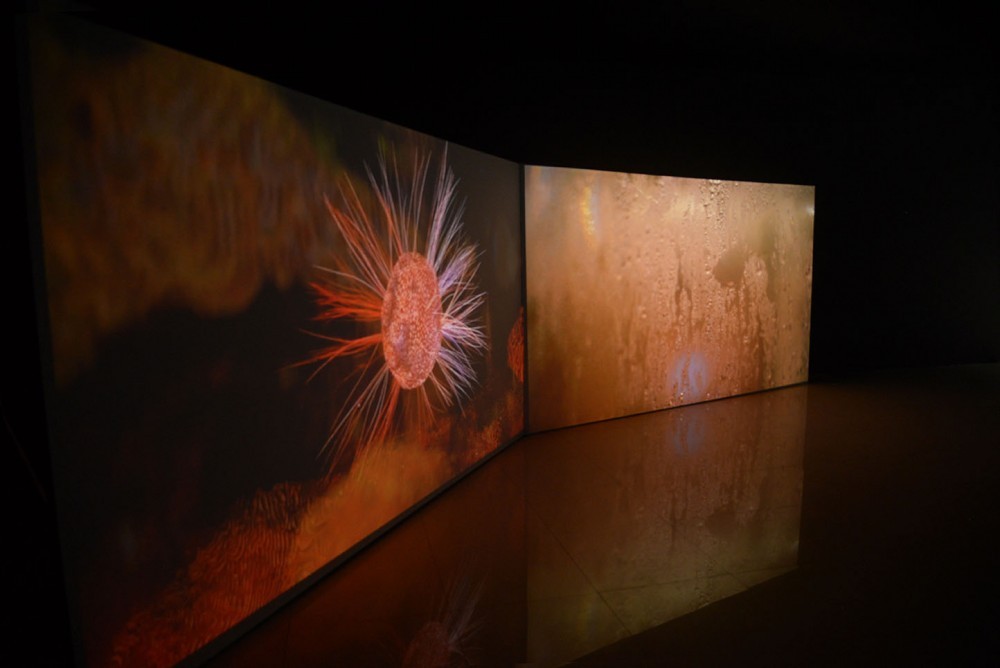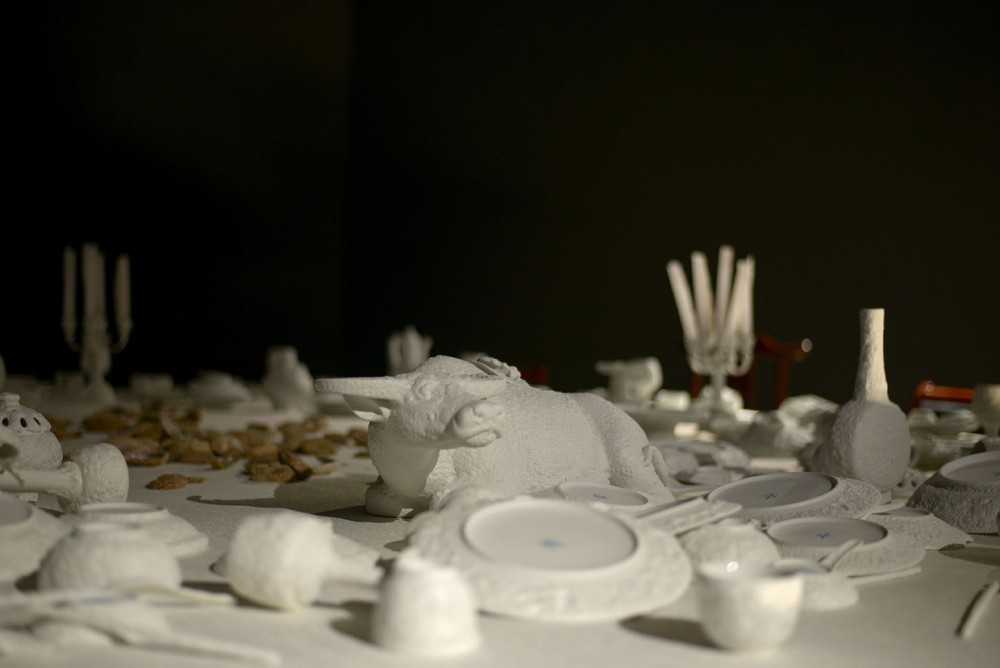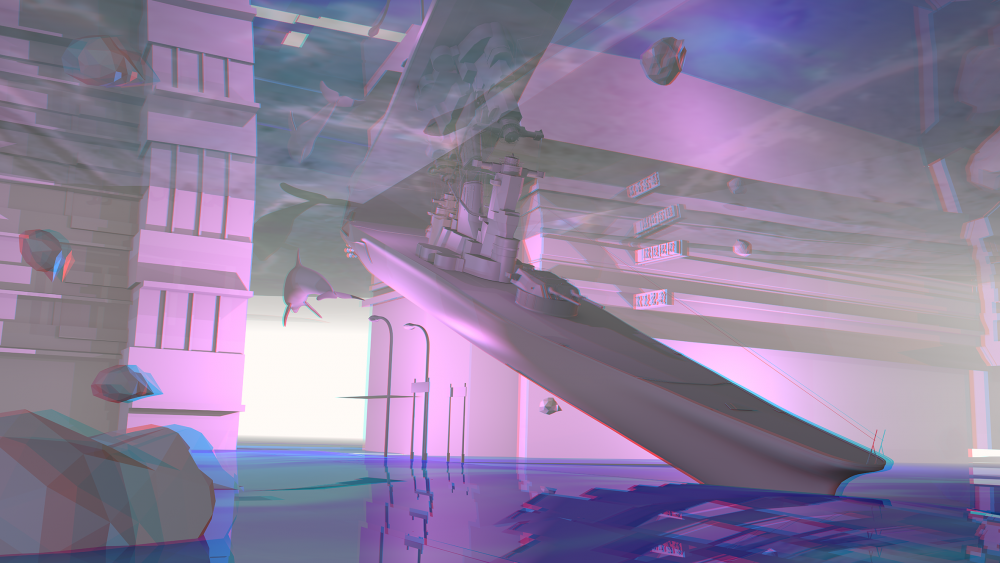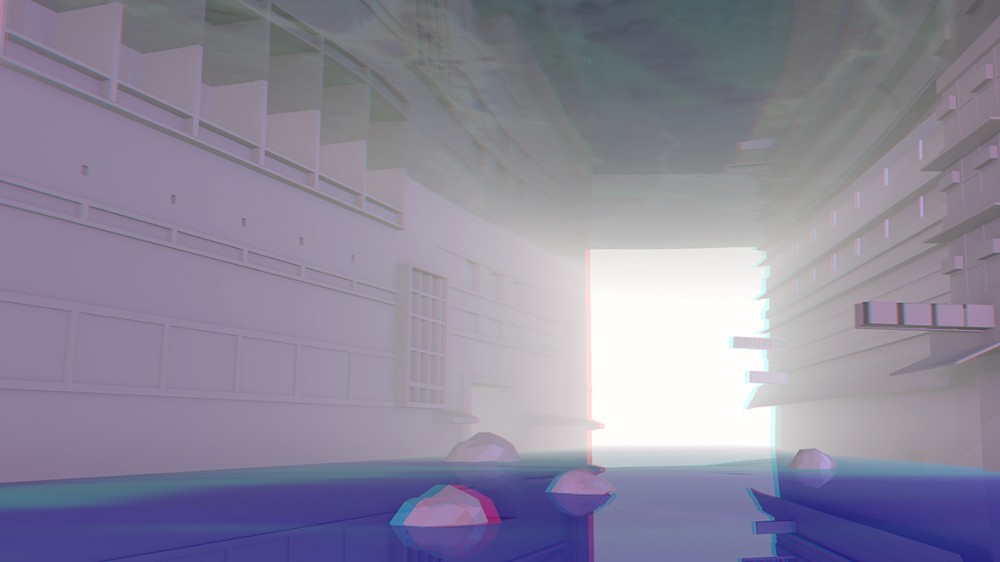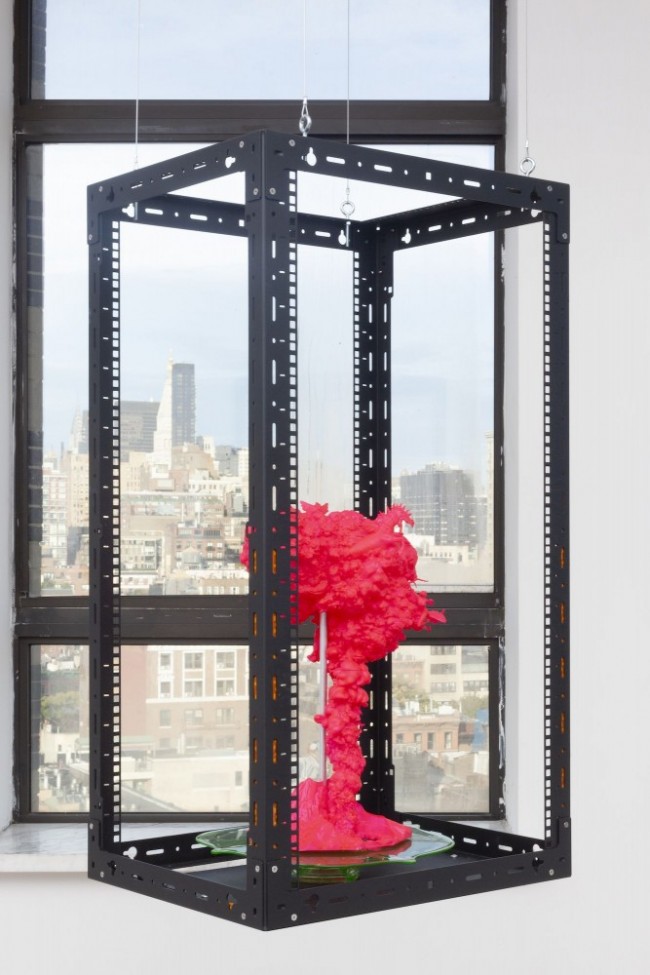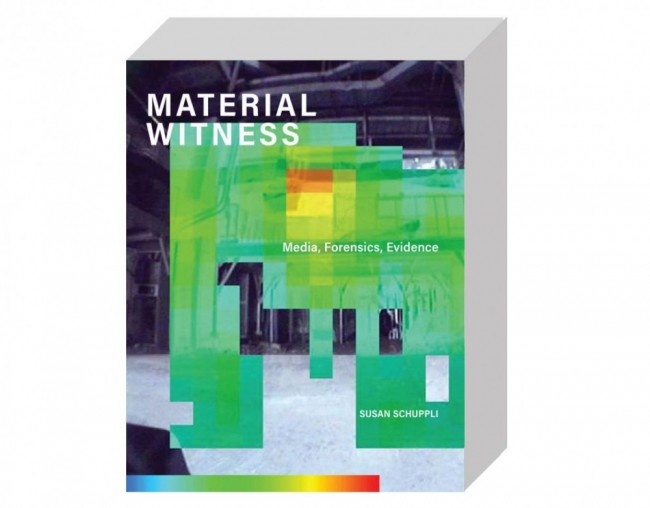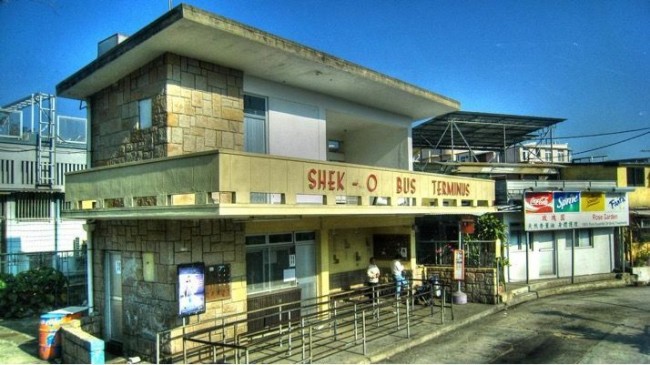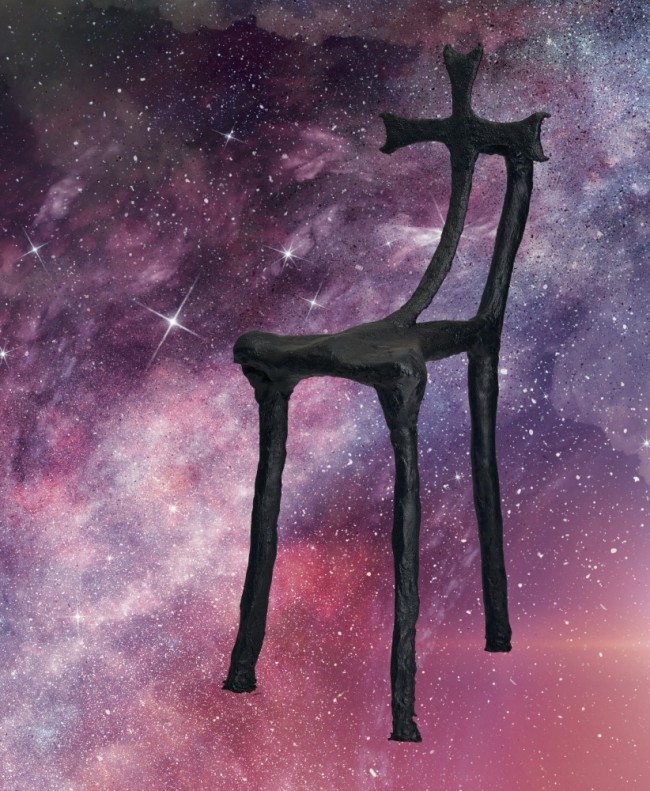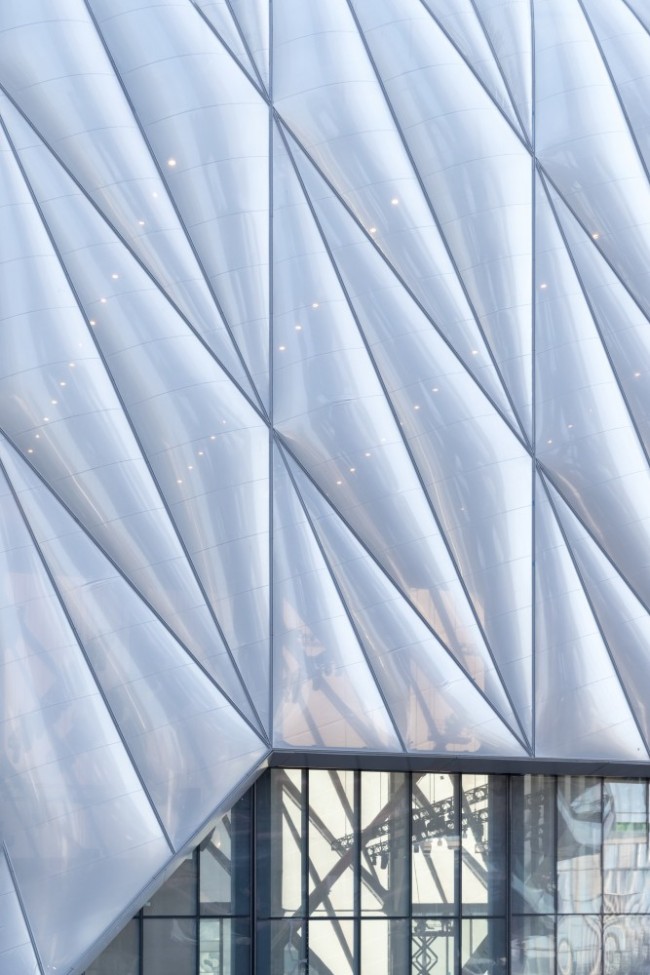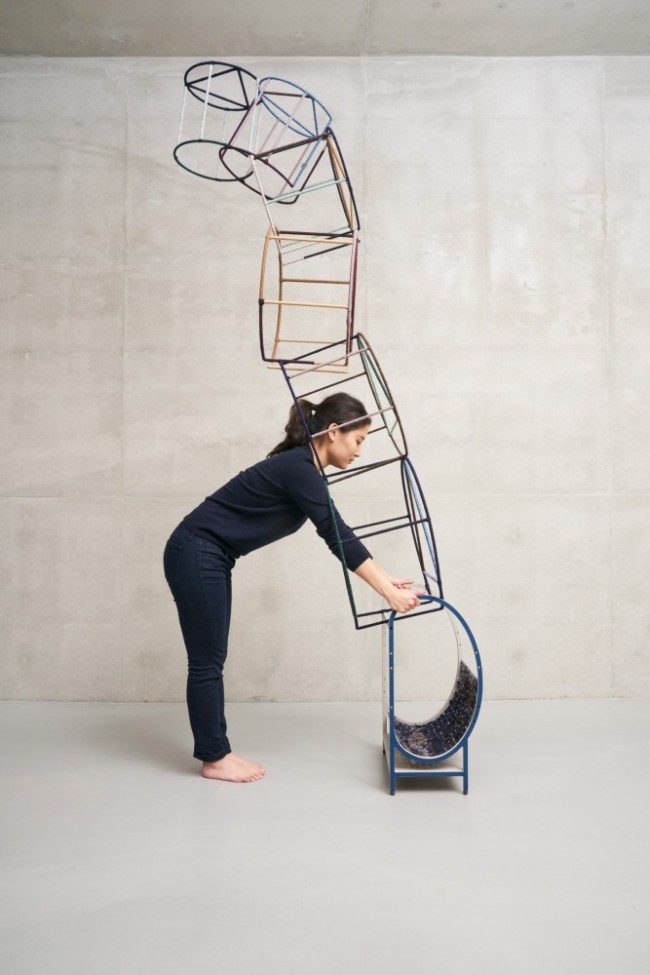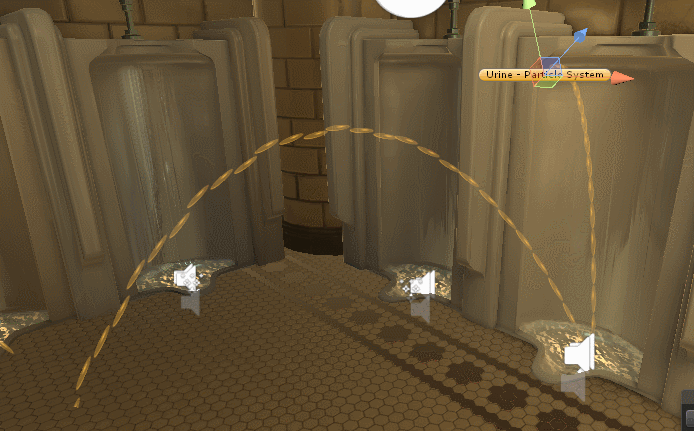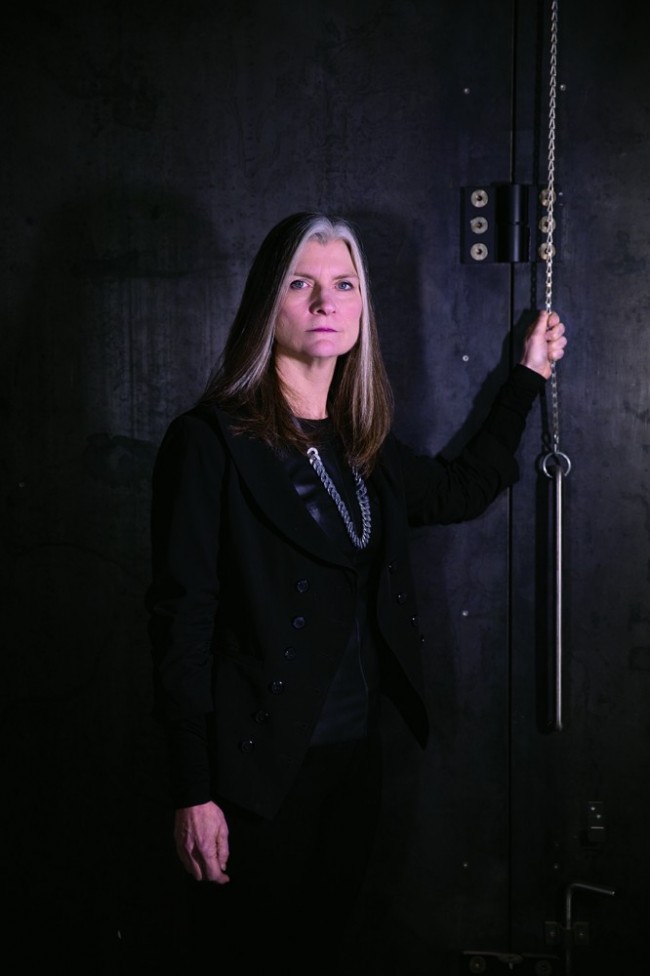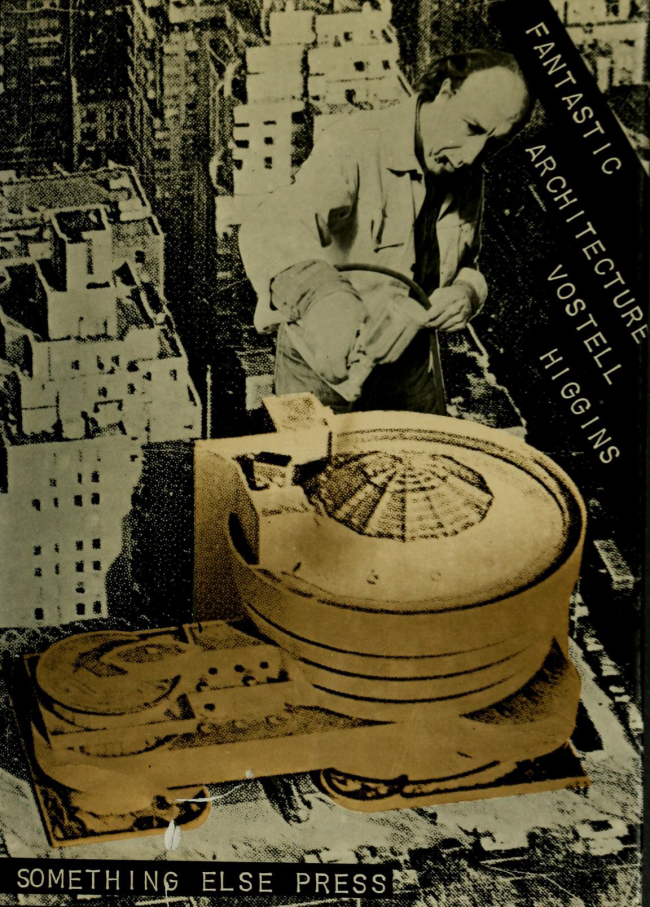Artist Duo Zheng Mahler Studies Architectural Utopia via Cyberpunk Anthropology
These days, “research-based practice” generally gets a bad rap: never-ending analytical papers, hardcore archival aesthetics, unexhibitable case studies that rarely provoke more than a cursory glance. Yet, when presented right, ethnography-inspired cultural projects have the capacity to turn the world on its head — including the very disciplines on which they draw. Particularly graceful and thematically exhilarating is the work of Zheng Mahler, the chosen nom de guerre for the ongoing collaboration between Chinese-Australian artist Royce Ng and Australian anthropologist Daisy Bisenieks. Spanning digital media, installation, and performance, the duo studies the bewildering transnational flows of objects in a globalizing world (their name was partly chosen in reference to the great Ming dynasty Muslim eunuch Admiral Zheng He, whose naval expeditions sailed as far as East Africa), and digests them through technology-driven visual media, often adding elements of fantasy, fiction, and myth. In A Season in Shell (2014), they expressed the time they spent working with a Somali asylum seeker and trader in Hong Kong through an elaborate prose poem which took Arthur Rimbaud’s psychedelic 1873 classic, A Season in Hell, as its formal inspiration.

“Jorge Luis Borges once said that every novel is an ideal plane inserted into the realm of reality. We take the idea that the work of art is an ideal reality, rather than a mirror of reality,” they explain “In architecture as well, we are more interested in the fantastical than the utilitarian, the improbable and the unacceptably ugly, like Frank Lloyd Wright’s Plan for Greater Baghdad, the syncretic Soviet-Sino-Japanese architectural monsters in the former Japanese puppet state of Manchukuo in Northeast China, or even the Japanese Imperial Victoriana of Government House in Hong Kong. Within such fantastical creations, expressions of the ideal become refracted visions of social realities.” In fact, Zheng Mahler’s kaleidoscopic practice engages architecture in several ways, from their Hanging Altar (2009), which investigated Northern Thai vernacular architecture and involved creating a scale model of the Monfai Cultural Center in Chiang Mai as a hanging tropical garden, to Nomads on Vacation: A Musical in Seven Parts (2011), for which the duo conceived a musical about a particular building in Gwangju, South Korea as it was being built.
Ng and Bisenieks refuse the classically Modernist focus on architecture often found in the art world, instead concentrating on the built environment as a symbolic expression of human society, an approach evident in their upcoming work on the architectural legacy of cyberpunk, in particular techno-orientalist fantasies about Asian urban space. A collaboration with Hong Kong/ Shenzhen-based architecture studio SWOODING ARCHITECTS, the work, titled Nostalgia Machines, manifests as a neon-hued 3D-animated film and hologram depicting a seductively sensual, retrofuturist techno-metropolis haunted by virtual monsters that stalk the city devouring citizens (on view at Tai Kwun Centre for Heritage and Arts in Hong Kong this fall, full disclosure: I’m assistant curator). Like all good things, Zheng Mahler show that the best kind of knowledge is often sourced from beyond reality.
Text by Jeppe Ugelvig.
All images courtesy Zheng Mahler.
Zheng Mahler's collaboration with SWOODING ARCHITECTS will be exhibited at Tai Kwun Centre for Heritage and Art in Hong Kong until January 2020 as part of the exhibition *Phantom Plane, Cyperpunk in the Year of the Future.

